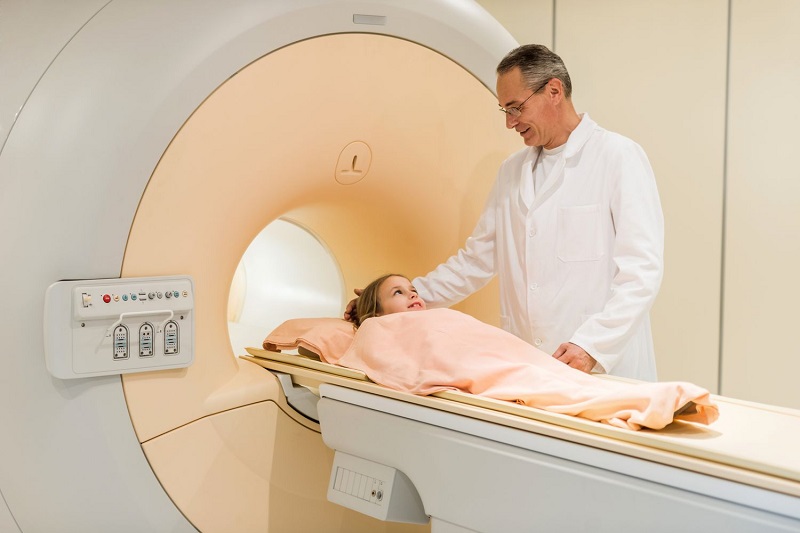Telemedicine, also known as telehealth, is the use of telecommunications technology to provide healthcare services remotely. With the advancement of technology, telemedicine has become increasingly popular in modern healthcare. It offers numerous benefits and conveniences, but it also comes with its own set of risks and challenges. This article explores the advantages and disadvantages of telemedicine in modern healthcare.

Benefits of Telemedicine
1. Increased Access to Healthcare: Telemedicine bridges the gap between patients and healthcare providers, especially for those in remote or underserved areas. Patients can receive medical consultations and even specialist care without the need for travel, saving time and resources.
2. Convenience and Time-Saving: Telemedicine allows patients to access healthcare services from the comfort of their homes. They can schedule virtual appointments, receive prescriptions, and access medical records without the need to visit a physical facility, reducing waiting times and travel expenses.
3. Cost-Effective: Telemedicine can be a cost-effective alternative to in-person consultations. Patients can avoid additional expenses such as transportation, parking fees, and time off work. It also reduces the burden on healthcare facilities, potentially lowering overall healthcare costs.
4. Improved Chronic Disease Management: Telemedicine enables regular monitoring and management of chronic conditions. Patients can remotely track their vital signs, receive medication reminders, and share real-time data with healthcare providers, leading to better disease management and prevention of complications.
5. Enhanced Patient Engagement: Telemedicine encourages patients to take an active role in their healthcare. With easy access to their medical records, test results, and educational resources, patients can become more informed and engaged in their treatment plans, leading to improved health outcomes.
Risks and Challenges of Telemedicine
1. Technical Issues: The success of telemedicine relies heavily on stable internet connections and reliable technology. Technical glitches or network disruptions can hinder effective communication between patients and healthcare providers, potentially leading to misdiagnosis or delayed treatment.
2. Limited Physical Examination: One of the main drawbacks of telemedicine is the inability to perform a comprehensive physical examination. Healthcare providers may not have access to vital signs, physical touch, or visual cues, which can limit their ability to accurately diagnose certain conditions.
3. Privacy and Security Concerns: Telemedicine involves the transmission of sensitive patient information through digital channels, which increases the risk of data breaches and privacy violations. Healthcare providers must ensure secure platforms and strict adherence to privacy regulations to protect patient confidentiality.
4. Lack of Personal Connection: Telemedicine lacks the personal touch and face-to-face interaction that traditional healthcare offers. Some patients may prefer the comfort and reassurance of in-person consultations, especially for complex medical conditions or emotional support.
5. Regulatory and Legal Challenges: Telemedicine practices are subject to various regulations and licensing requirements, which can vary by jurisdiction. Healthcare providers must navigate these complexities to ensure compliance and mitigate legal risks.
Telemedicine offers numerous benefits, including increased accessibility, convenience, cost savings, improved chronic disease management, and enhanced patient engagement. However, it also comes with risks and challenges, such as technical issues, limited physical examination, privacy concerns, lack of personal connection, and regulatory complexities. Healthcare providers must carefully weigh the advantages and disadvantages of telemedicine to provide safe and effective remote healthcare services in the modern era.

